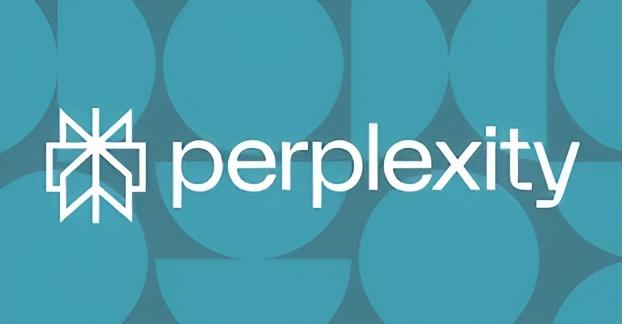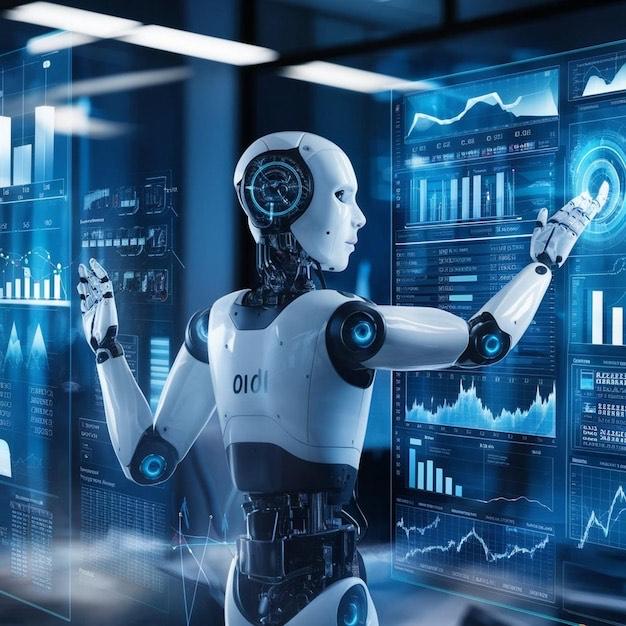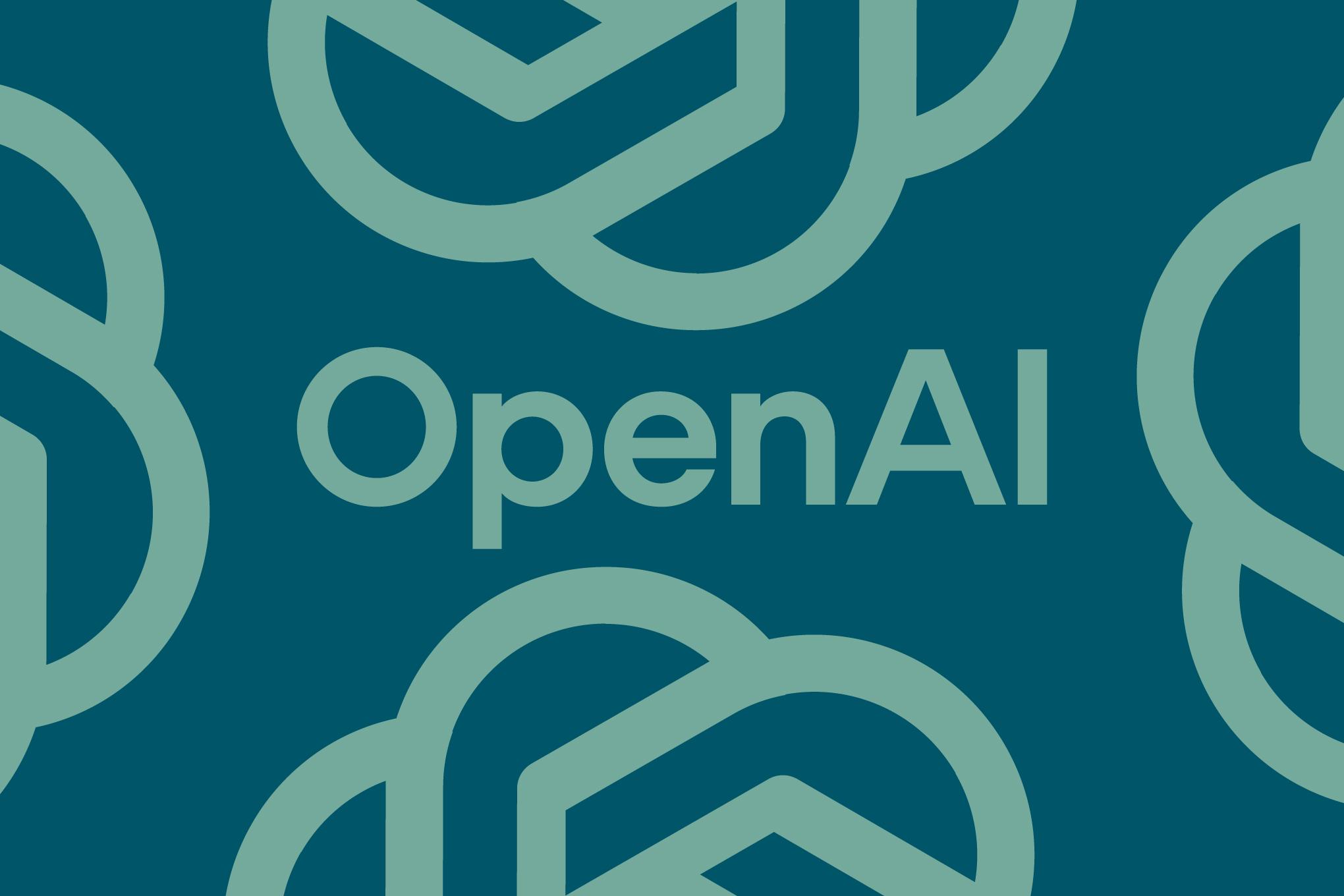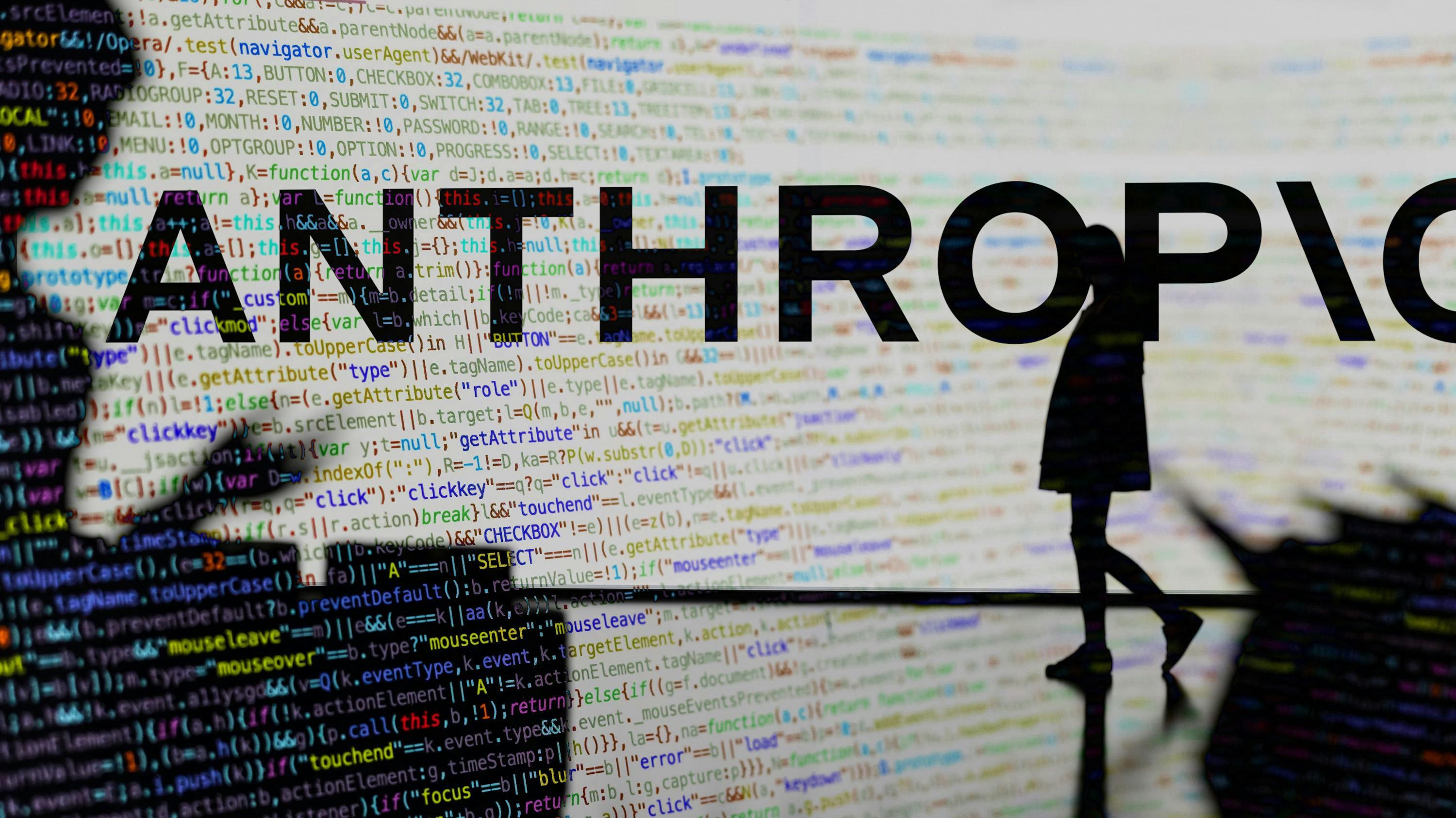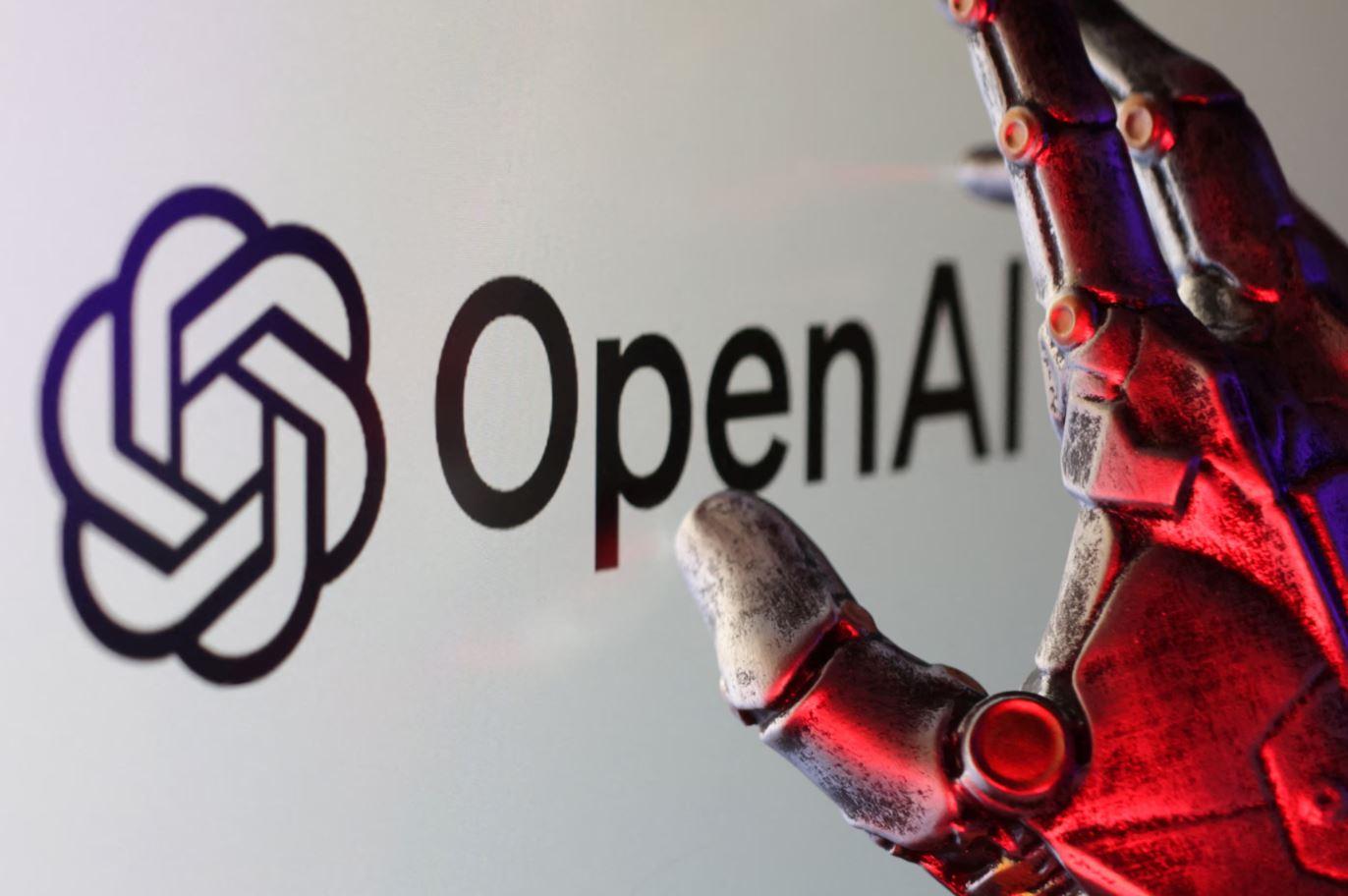
The Revolutionary Impact of AI and Machine Learning
The Revolutionary Impact of AI and Machine Learning
Imagine a world where machines can not only follow commands but also think, create, and even predict future behaviors. That's the rapidly evolving landscape of Artificial Intelligence (AI) and Machine Learning (ML). In this thrilling domain, OpenAI plays a central role, not just with its impressive technologies like ChatGPT, but with a mission that pushes the boundaries of what machines can achieve for the benefit of humanity.
In this thrilling adventure, OpenAI isn't just a regular player; it's a pioneering force transforming how we interact with technology. At the heart of this transformation is Generative AI, a fascinating branch of AI capable of producing text, images, and even audio when prompted. Imagine asking a machine to creatively rewrite the age-old tale of Little Red Riding Hood or conjure an image of a Surrealist cat, and having it done within moments—this is just a glimpse of Generative AI at work.
OpenAI's Timeline and Revolutionary Journey
Founded in 2015, OpenAI set out with a grand vision to harness AI's potential responsibly. In the ever-evolving landscape of technology, OpenAI stands as a beacon of artificial intelligence innovation. Initially established as a non-profit due to concerns over the potential misuse of AI, OpenAI has since transformed into a for-profit business backed by tech giants and entrepreneurs. With innovative offerings like OpenAI Gym and the revolutionary Generative Pre-trained Transformer (GPT), OpenAI has been steadily steering the world towards an AI-enabled future.
From the get-go, OpenAI captivated the tech world, releasing its first offering, OpenAI Gym—a toolkit for reinforcement learning algorithms. This early endeavor set the stage for future breakthroughs. In 2018, the company introduced the world to Generative Pre-trained Transformers (GPT), a machine learning marvel that mimics the human brain. Progressing swiftly, OpenAI's capabilities extended beyond text with the launch of DALL-E in 2021, enabling users to create images using AI. By November 2022, OpenAI's ChatGPT had become the superstar of generative AI tools, renowned for crafting everything from conversational chatbot responses to dynamic digital narratives.
Visionary Founders and Strategic Partnerships
The founders of OpenAI birthed this company with a mission as grand as the universe itself—developing artificial intelligence aimed at benefiting humanity. Central to OpenAI's journey are its visionary founders and investors—names like Elon Musk, Sam Altman, and Reid Hoffman, who believed in AI's transformative promise. These individuals pooled their resources and intellect to birth a research hub whose heartbeat was a billion-dollar fund aimed at creating open AI resources.
Today, the panorama has shifted significantly. While Elon Musk departed in 2018, choosing to tread his own AI path with xAI, OpenAI has since morphed into a for-profit entity with Microsoft now holding the reins as one of the largest stakeholders. Today, Microsoft serves as one of its biggest stakeholders, propelling OpenAI into new realms of possibility and illustrating the ever-evolving canvas of OpenAI's structural and strategic adaptations.
Revolutionary Products and Capabilities
OpenAI's suite of products is nothing short of groundbreaking and represents the cutting edge of Generative AI technology. ChatGPT leads as a widely-used AI chatbot capable of virtually human-like interaction, while DALL-E continues to redefine image generation. These offerings reflect OpenAI's commitment to diversifying AI applications, from coding with Codex to transcribing speech with Whisper. By 2023, their arsenal includes models like GPT-4.5 and GPT-4o, each a marvel capable of handling complex tasks that blur the lines between human and machine creativity.
Generative AI by OpenAI refers to a type of technology capable of producing content across various media—be it text, visuals, or audio—often prompted by simple human instructions. For instance, asking ChatGPT to reimagine "Little Red Riding Hood" yields intriguing new narratives crafted by advanced neural networks trained on enormous datasets. It's like having a creative assistant that is never short on ideas and constantly evolving to meet new challenges.
Benefits and Strategic Advantages
Imagine a tool that can perform tasks with the precision of a highly skilled professional in mere seconds. That's the promise of OpenAI's generative AI products. These advanced technologies are not just changing how we interact with technology—they're transforming the very fabric of business operations and personal productivity. OpenAI's tools, when harnessed correctly, offer myriad benefits: automation of tasks that save time and money, and predictive analytics that uncover insights to drive user engagement and innovation.
Generative AI's expansion into daily life and business offers thrilling benefits that can drastically shorten workflows, such as automating text creation or coding tasks, thereby saving substantial time and resources. The ability to transform data into actionable insights can potentially revolutionize engagement and innovation across sectors, making it an invaluable asset for modern businesses and individual users alike.
Challenges and Ethical Considerations
With great power comes great responsibility—and a fair share of debate. Despite their advantages, OpenAI's products are not without their challenges. The use of such technology doesn't go unchallenged, demanding careful consideration of ethical use and privacy concerns. Ethical concerns and the potential for misuse are at the forefront of discussions, while reliance on AI over human judgment in certain contexts can lead to oversights or errors that require careful navigation.
However, with great power comes great responsibility, and it requires careful management to address privacy concerns and ethical considerations. But as with any revolutionary tool, it begs the question: Are we ready to harness such power responsibly? Understanding the balance between opportunity and risk is crucial as these technologies continue to evolve.
Future Vision and Impact
As OpenAI keeps enhancing its models, from GPT-4.5 to swift, efficient variations like GPT-4o mini, it's clear this AI pioneer is set on a trajectory not just to participate in tech's future, but to design it. OpenAI stands as a testament to the power of human ingenuity and its commitment to guiding the future of AI in a manner that augments our capabilities rather than replacing them.
All these efforts converge into a singular purpose: harnessing AI to transform our interaction with technology responsibly and effectively. By investing in these technologies, we're investing in a future where machines don't just function—they inspire. For investors and tech enthusiasts alike, the journey with OpenAI isn't just a financial venture—it's an opportunity to be at the helm of groundbreaking technological evolution that will shape humanity's future for generations to come.


